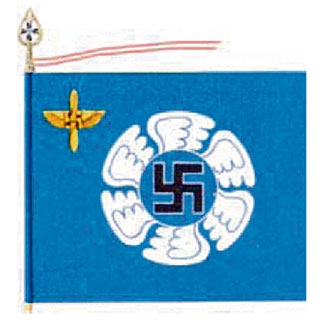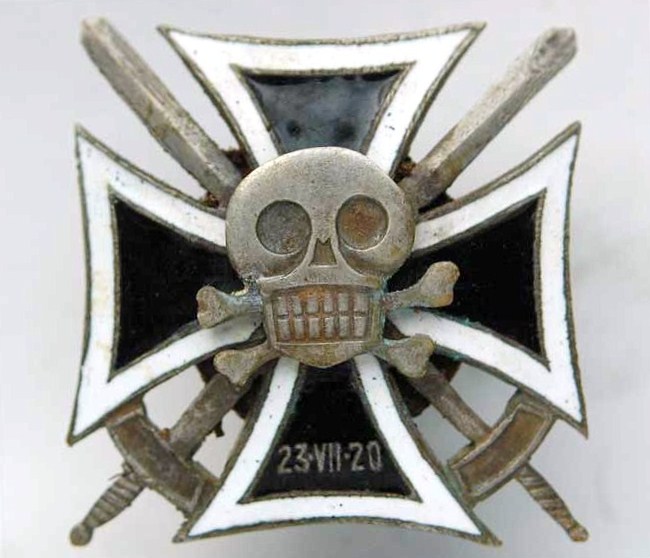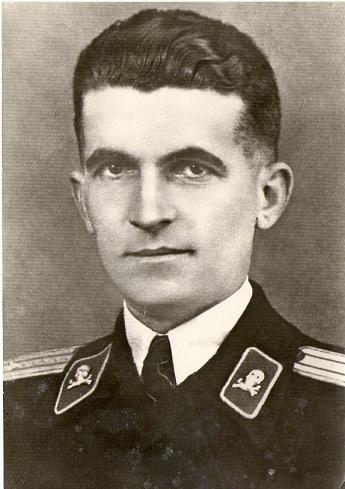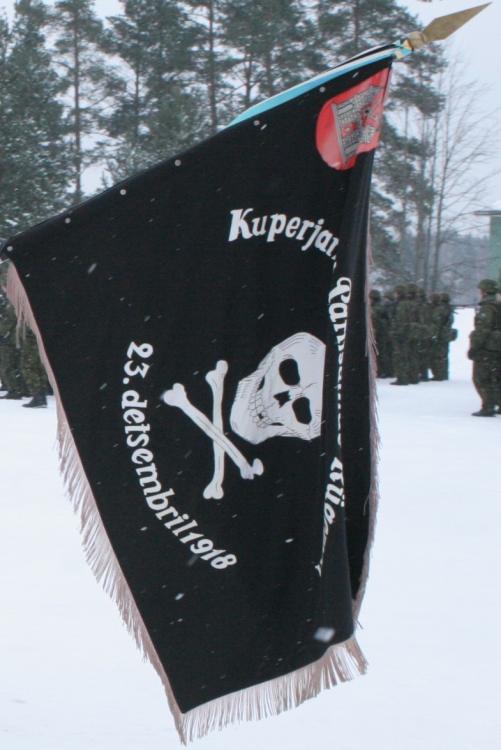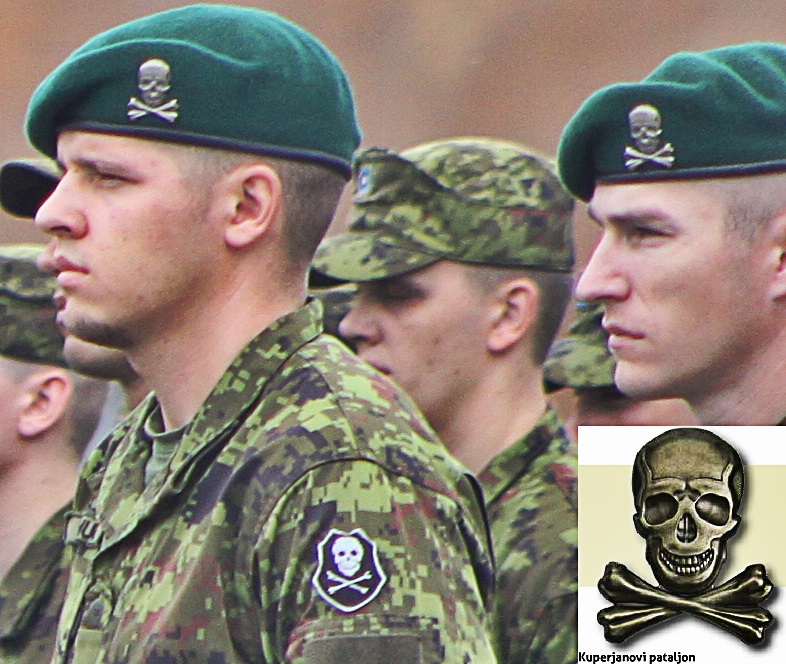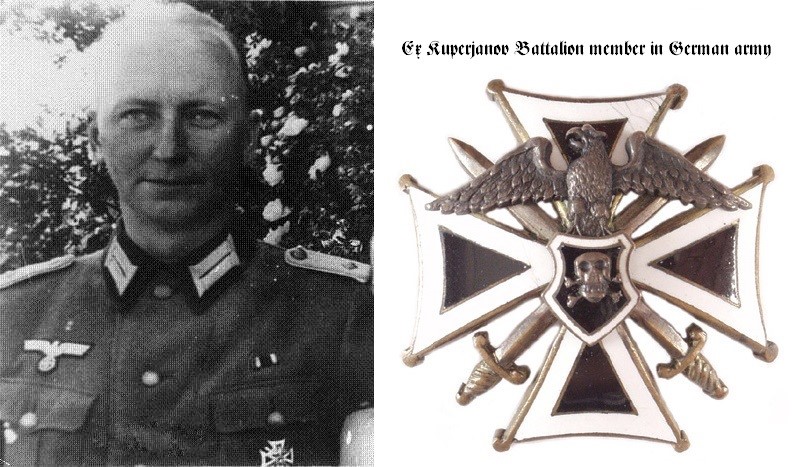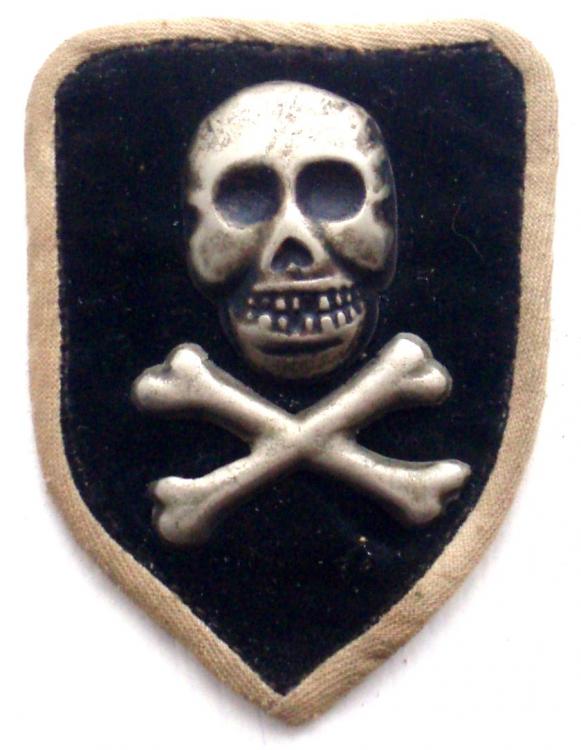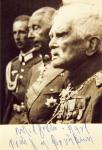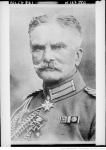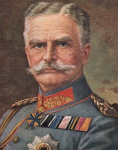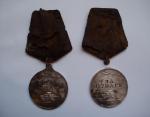-
Posts
45 -
Joined
-
Last visited
Content Type
Profiles
Forums
Blogs
Gallery
Events
Store
Everything posted by AndresT
-
Hi! Swastika is a ancient symbol whose reputation was ruined by Nazis. It was used in many Armies around the world. It was also symbol of the luck. Latvia and Finland have used this symbol a lot. It was their aviation symbol too. Some examples from Latvia: Different army units. Mostly greated 1919-1921 More here http://uniformologija.lv/izvelne/vecas-latvijas-armijas-krusu-nozimes/ From Finland: Modern Flag of Training Air Wing, Finnish Air Force 1918-1915 https://en.wikipedia.org/wiki/Training_Air_Wing,_Finnish_Air_Force
-
Symbols of Freikorps in Latvia: http://uniformologija.lv/raksts/brivkorpusu-simbolika/
-
File Name: Why Did Gallipoli Fail? Why Did Albion Succeed? A Comparative Analysis of Two World War I Amphibious Assaults File Submitter: AndresT File Submitted: 12 Nov 2014 File Category: Germany Why Did Gallipoly,allipoli Fail? Why Did Albion Succeed? A Comparative Analysis of Two World War I Amphibious Assaults By Major Gregory A. Thiele The First World War witnessed very few amphibious assaults. The British conducted a well-known landing at Gallipoli in 1915, which was a heartbreaking failure. The Germans also conducted an amphibious assault in 1917 in the Baltic. Although this German landing, codenamed ALBION, was successful, it has been nearly forgotten. Both Gallipoli and ALBION are fascinating in their own right, but they prove most illuminating when compared. Examination of both operations reveals that the decisions made before each operation began, before a single soldier set foot on shore, largely determined the outcome of the campaign. The aim of this essay is to investigate the reasons for British failure at Gallipoli and German success in the Baltic. This essay will essentially be divided into four parts. The first part will describe the failure at Gallipoli. The second part will analyze OPERATION ALBION, a campaign with which many will be unfamiliar. The third part of the essay will discuss the factors that made Gallipoli distinctive from ALBION and which may have contributed to the outcome of each. The fourth part of the essay will compare aspects of the two amphibious assaults. The Dardanelles had been a target of interest for the British Royal Navy from the outset of the First World War. The Ottoman General Staff realized this and had improved defences guarding the Straits, and “At no time after 17 August 1914 (two and a half months prior to the outbreak of hostilities) were the Dardanelles defences unready to receive an attack.”1 The Royal Navy had conducted a first, tentative bombardment of the Turkish forts at the entrance to the Straits on 3 November 1914. The action “thoroughly alarmed the Ottoman general staff … [and] accelerated the program of fortification and defensive improvements.”2 The Turks, more alert than ever, would be ready when the Royal Navy returned in mid-March 1915. The... Click here to download this file
-
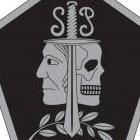
Soviet Soviet Bravery Medal - Медаль За отвагу
AndresT replied to IrishGunner's topic in USSR: Soviet Orders, Medals & Decorations
OK! I see. Thanks! Mostly they are with higher numbers, end of war releases. -

Soviet Soviet Bravery Medal - Медаль За отвагу
AndresT replied to IrishGunner's topic in USSR: Soviet Orders, Medals & Decorations
We have serial numbers and maybe someone can check when and where he died. And how rare is that one person get at same time two "Za Otvagu" medals? It's weird to me. Why they don't give him some higher medal or order? -

Soviet Soviet Bravery Medal - Медаль За отвагу
AndresT replied to IrishGunner's topic in USSR: Soviet Orders, Medals & Decorations
http://gmic.co.uk/uploads/monthly_06_2014/post-14524-0-36012600-1403795577.jpghttp://gmic.co.uk/uploads/monthly_06_2014/post-14524-0-71613300-1403795235.jpg What You think about these "Za Otvagu" medals? Must have belonged to one person. They have the sequential serial number! So who was the owner and what they are worth? Thank You! -

Imperial Russia A Different Kind of Full Cavalier
AndresT replied to slava1stclass's topic in Russia: Imperial
Yes it is! -

Imperial Russia A Different Kind of Full Cavalier
AndresT replied to slava1stclass's topic in Russia: Imperial
Anton Irv http://en.wikipedia.org/wiki/Anton_Irv


